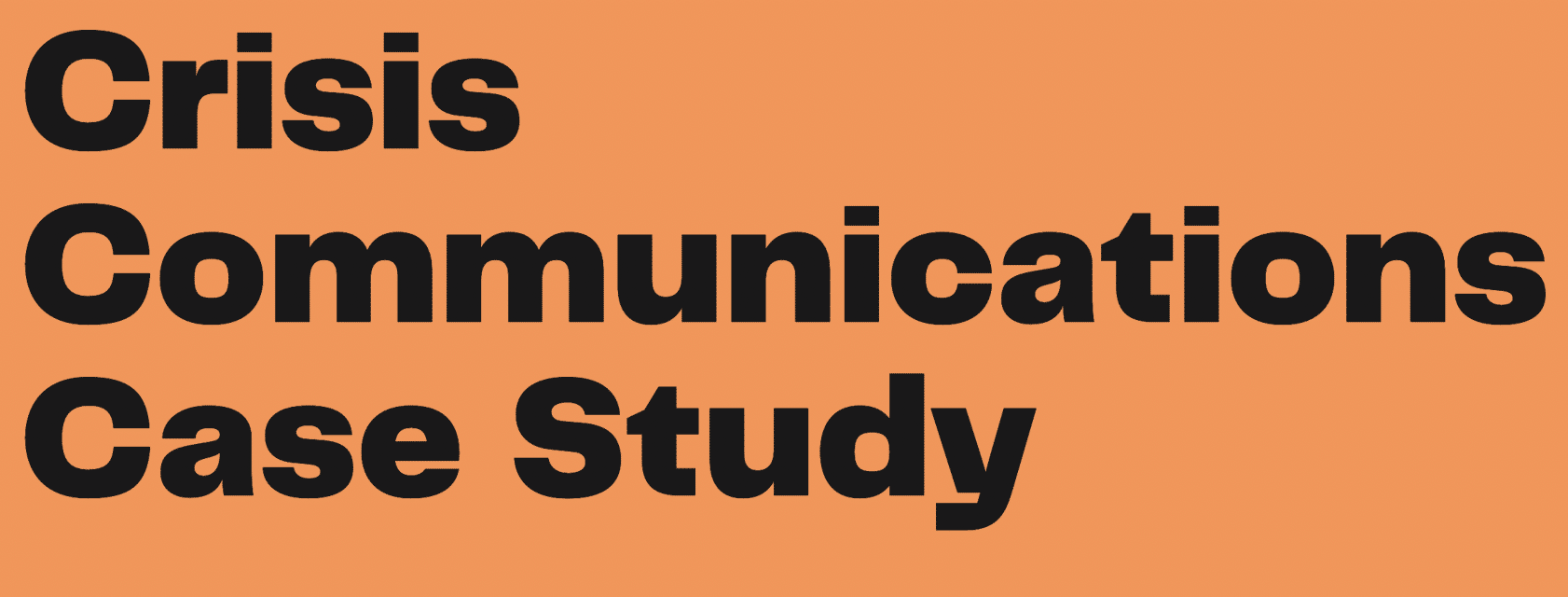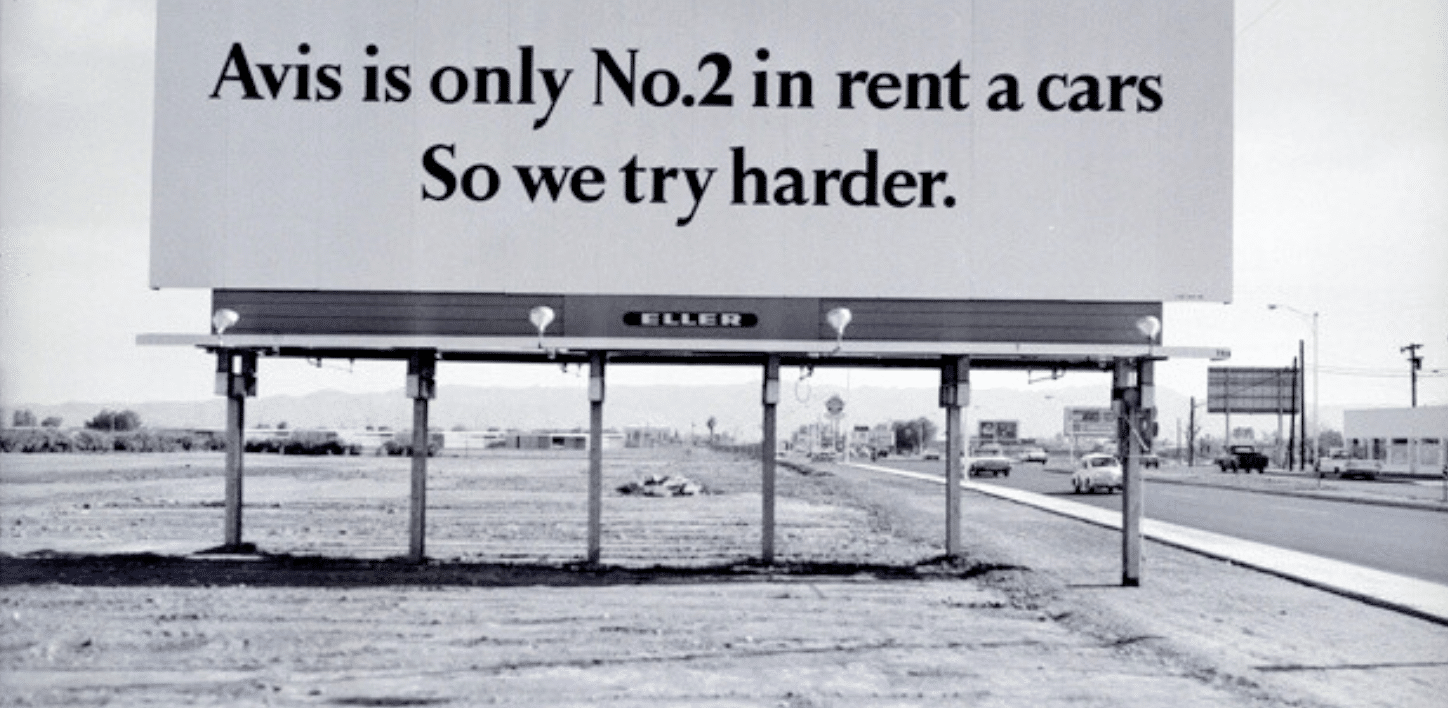
One of the most underrated content resources within organisations is the experience of its employees. As employees leave, or move around an organisation, they often take the knowledge they’ve gained with them, leaving new employees to learn for themselves or change the content standards. This often leads to a lack of consistency in brand tone-of-voice (TOV) and style. Thinking about UX in particular, which is still a relatively new discipline for a lot of organisations, there’s a significant distinction between standard copy and user-centred copy, which those within your organisation may not be aware of. This is where documentation comes in as a vital educational, knowledge-sharing resource.
In this article, we’ll cover:
- What you should document
- The benefits of documentation in the content process
- How to create knowledge-sharing documents
What should I document?
There’s no specific rule book outlining the things you need to document. However, here are some examples of information that would be useful to note down for knowledge-sharing:
- Your copy changes and edits
- The rationale behind making these changes
- Potential future changes that could improve your products
What are the benefits of documentation in the content process?
Knowledge sharing
The greatest benefit of documenting your content changes is these resources can facilitate knowledge-sharing between teams, and across your organisation. You don’t employees to take all their expertise with them when they leave your organisation.
Documenting everything from the brand-level, strategic direction of your content (for example, your TOV guide), to small copy changes, and why you make them, will be an indispensable resource for new employees that join your organisation. Your organisation can save a lot of time (and money!) by using these resources as guides, and continuously updating them. Maintaining documentation will also ensure that knowledge-sharing becomes part of your organisation’s culture, rather than being an afterthought.
Ensure content is consistent
One of the hardest things to do is maintain consistent content standards across an organisation, particularly when you work in a large organisation, and more than one department is responsible for writing copy. A common scenario is an organisation that has separate marketing and UX teams, and in some cases, copywriting teams are also siloed.
By maintaining centralised information resources, people from across the organisation will have an easy reference point when they’re creating content, which helps to ensure that formats, language, naming conventions and so on, remain consistent.
Establish content standards
As a brand, the content you publish plays a vital role in your identity and public perception. That’s one of the reasons why consistency is so important: your customers need to know what to expect from you. Documenting content changes will help you to identify standards for your content.
For example, let’s say you’ve documented all the error messages you’ve written for your organisation’s product so far, and they all begin with “We’re really sorry”. By having all the error message variations in one place, you’ve identified that your organisation always issues the user with an apology when they encounter an error. You can then use this as a new standard, and a starting point for new errors that you write in future. Equally, if you find that there are differences between the error messages that have been documented so far, you can change them.
How to create knowledge-sharing documents
While it may sound like a great idea in principle, thinking about how to create knowledge-sharing documents may sound like an overwhelming task. There are a few things to remember when starting your documentation protocol:
The golden rule
One individual should not be responsible for storing these documents – store them centrally. Naturally, people will leave the organisation. You don’t want them to take their knowledge bank with them when they go.
Start by keeping things simple
You can use collaboration tools such as Google Docs, Google Sheets or Sharepoint to help you collect the key resources for your organisation to share. These platforms are also free (or you can start with a basic plan), so you can get started almost immediately.
Put systems in place to manage your new documents
Although documentation should be a collaborative effort, digital knowledge-bases can easily become poorly organised, and work may be duplicated. Put systems in place to periodically organise all your documents (especially if your resources include different file types). Also consider creating a guide for people in the organisation to find them.





